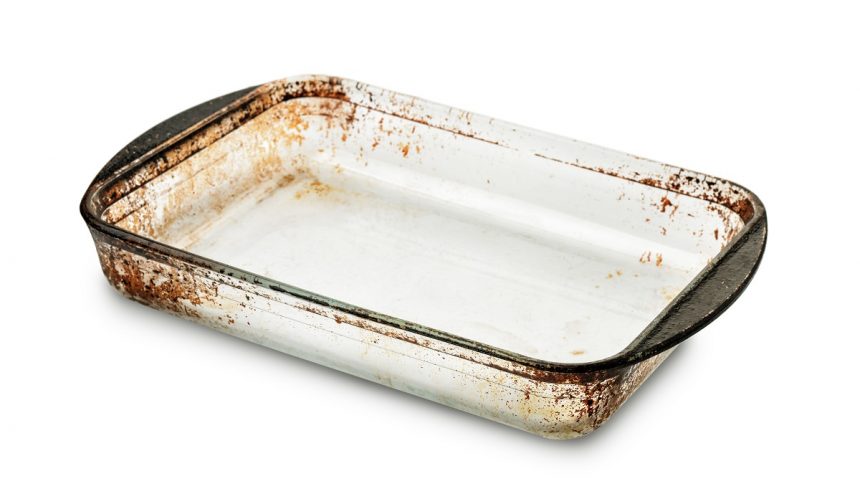Have you ever wondered why your local recycler doesn’t accept kitchen glassware like drinking glasses, glass dishes, and glass bakeware? Unlike common container glass, kitchen glassware contains additives that make it difficult to recycle. This challenges recyclers, who find it hard to process and reuse kitchen glassware due to its composition. As the demand for sand, the primary material in glass, continues to grow, it’s crucial to understand the limitations of recycling kitchen glassware.
Types of Glass in Your Home
Your home likely contains two main types of glass: soda-lime glass and borosilicate glass. While soda-lime glass is commonly used in everyday items, borosilicate glass, known for its ability to withstand rapid temperature changes, is often found in bakeware. When it comes to recycling, most U.S. programs accept container glass like bottles and food containers, but not kitchen glassware.
Colored glass adds another layer of complexity to recycling. While some colors are accepted, mixing different colored glass hinders the recycling process and reduces the quality of the end product. It’s essential to separate colored glass before recycling to maintain its market value.
Reuse Before Recycling
If your glassware is still in good condition, consider donating or selling it instead of recycling. Most donation centers accept clean glassware, and selling a full set online or at a consignment store is another option. However, recycling kitchen glassware is not as straightforward as container glass.
Challenges with Glass Cups and Bakeware
Although soda-lime glass is recyclable, additives in glass cups and bakeware make them difficult to process. The composition of glassware differs from container glass, affecting its recyclability. Glass bakeware, designed with a higher melting point, poses additional challenges for recyclers.
Disposing of Broken Glassware
Unfortunately, broken glass, even if it’s container-type, cannot be recycled and should be handled carefully. Follow specific steps to safely dispose of broken glass and prevent hazards to waste collectors. Additionally, windows and glass doors may not be recyclable due to their construction.
Editor’s Note: This article was originally published on February 20, 2019, and was updated in May 2024.






